Types of Pipes Used in Home Plumbing
Posted by Moore Home Services
Plumbing
Every home we service has some sort of plumbing system. And more often than not, Santa Rosa homes have a few different types of pipes that make up their whole system. One of our favorite things is educating homeowners about the types of pipes used in home plumbing.
Read on to learn what may be lurking under your home.
PEX Piping
PEX, which stands for
polyethylene cross-linked pipe, is an incredibly flexible pipe that’s mainly used for water supply lines. This type of pipe is growing in popularity because of how flexible it is.
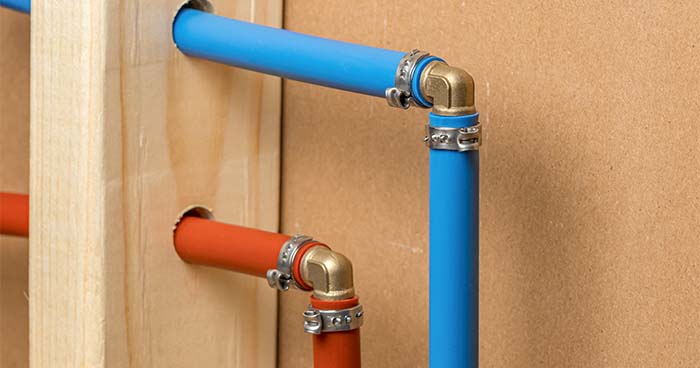
PEX can easily bend around corners and through uneven areas. This makes is a preferred choice for plumbers. PEX is made primarily for transporting water, it’s even color coded. Red piping is used for hot water lines while blue piping is used for cold water lines.
Copper Pipes
Copper pipes are some of the most common types of pipes used in home plumbing for a number of reasons. Perhaps the biggest one is that copper won’t corrode. This alone makes copper a great choice for water lines.
These pipes can withstand high traffic and heavy water flow at any temperature. They also last a lot longer than even galvanized steel or cast iron piping. The biggest issue is that copper can cost a pretty penny.
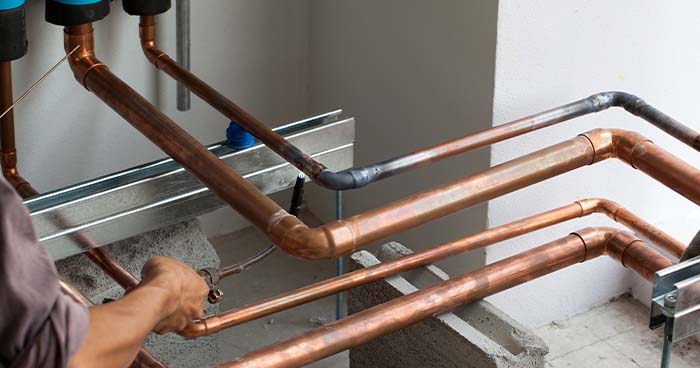
These pipes can withstand high traffic and heavy water flow at any temperature. They also last a lot longer than even galvanized steel or cast iron piping. The biggest issue is that copper can cost a pretty penny.
PVC Pipes
PVC is one of the best pipes for moving water and waste from one place to another. Because of this, PVC is usually used for toilets, showers, sinks, and other drains that transport organic matter.
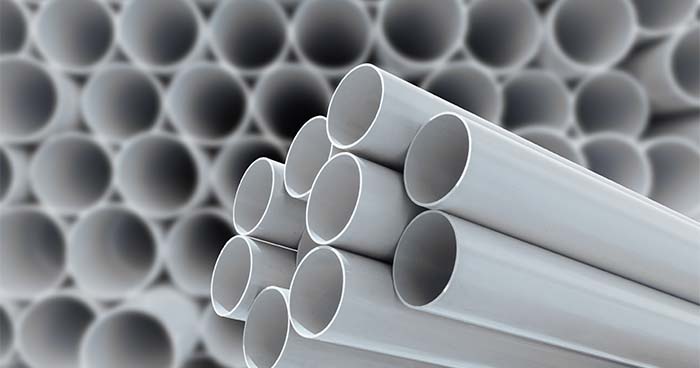
This plastic pipe is incredibly strong and is somewhat easy to work with. However, there a few drawbacks. PVC can’t handle any extremely hot temperatures. It is also sensitive to UV rays, so any PVC piping needs to be inside or underground.
ABS Piping
These pipes are incredibly similar to the properties of PVC pipes, right down to their purpose and shape. The big difference is that ABS piping can sustain colder temps without the risk of breakdown or reduced flexibility.
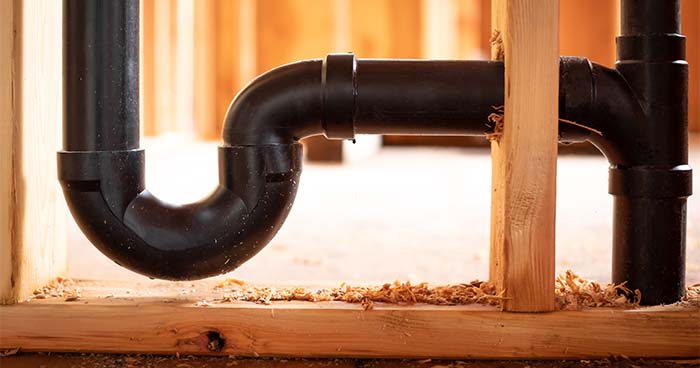
ABS pipes are easily identified by their black color; PVC pipes are usually white. Unfortunately, ABS pipes share the same adverse reaction to sunlight and can get severely damaged by UV rays. This is why ABS is generally used under sinks. They can be a bit noisy when toilets flush and sewage runs through them.
Galvanized Steel
If you were to dig into your grandparent’s house, you would most likely find galvanized steel pipes. Galvanized steel pipes were made to last a very long time. They are supremely strong and can withhold intense water pressure and years of heavy use.
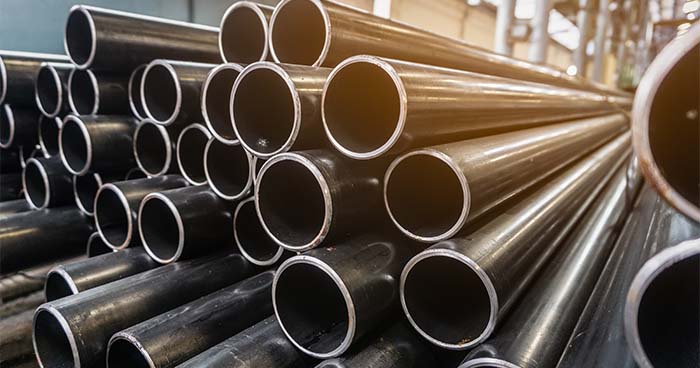
They have gone out of style in many construction projects because they are not flexible like plastic piping. This inflexibility makes them hard to use on most modern plumbing projects.
Cast Iron
The characteristics of cast iron are identical to that of galvanized steel. They are highly durable and are found in a large majority of older homes that haven’t updated their plumbing system. They are reliable and transport sewage and other water supply lines solidly, but they are not flexible like plastic piping is.
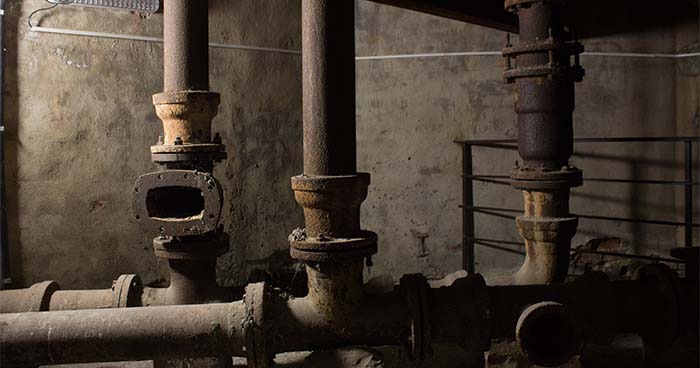
There are no notable differences between cast iron and galvanized steel, so shop around for price when comparing them with plumbers. They are not likely to be the first choice of many pros because of their lack of flexibility.
Want to learn more about the piping in your home?
Contact our team at Moore Home Services and get the job done right!







